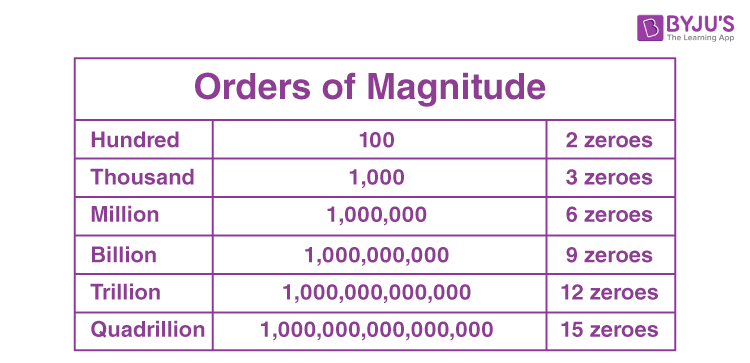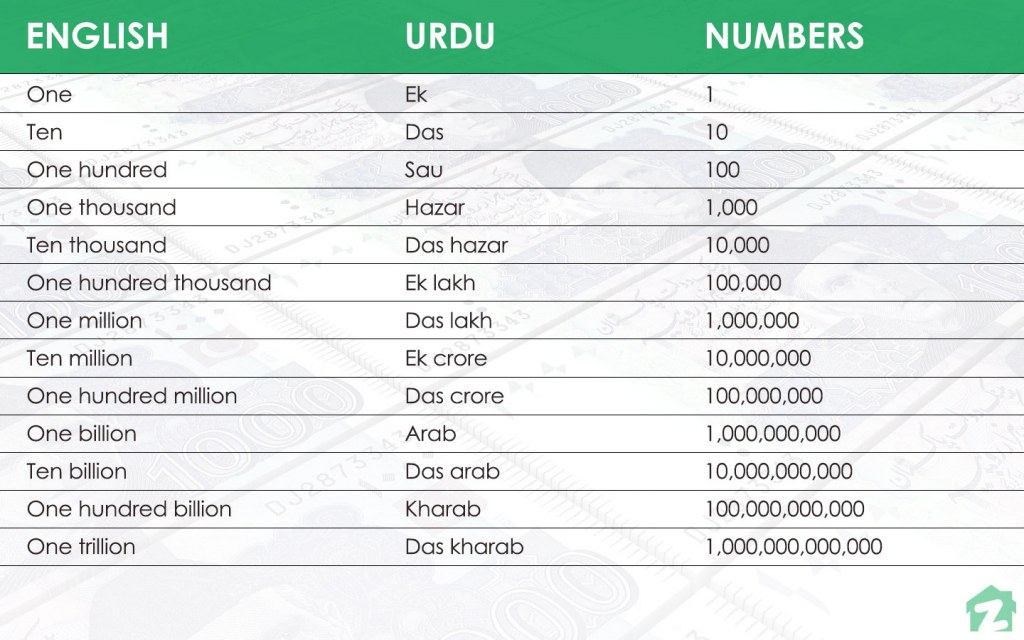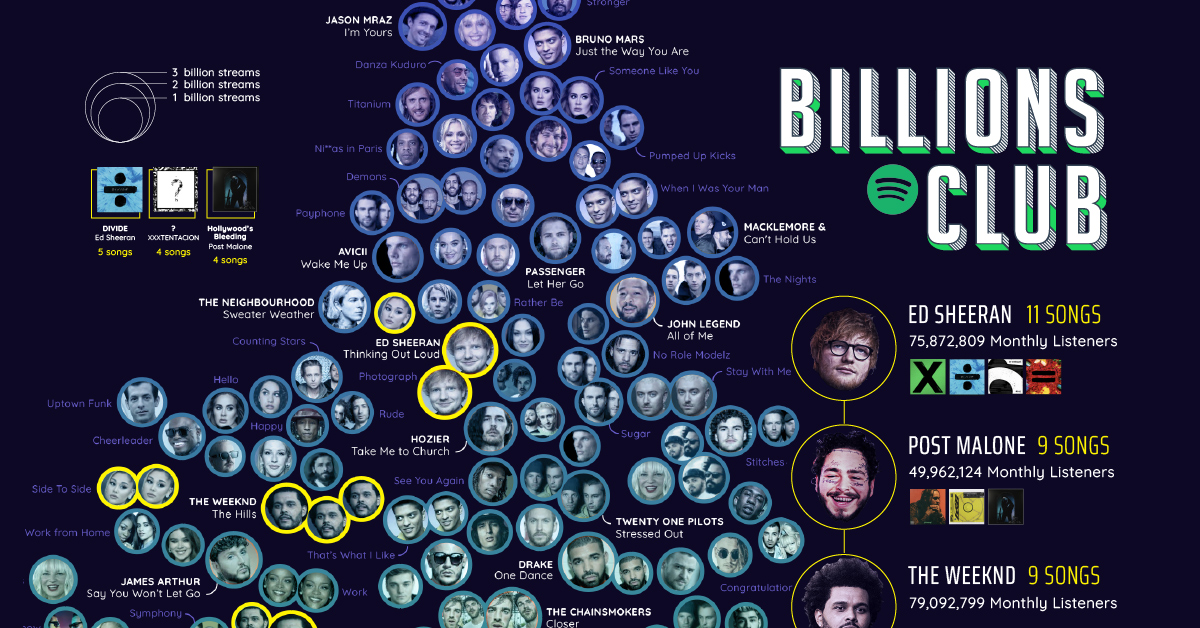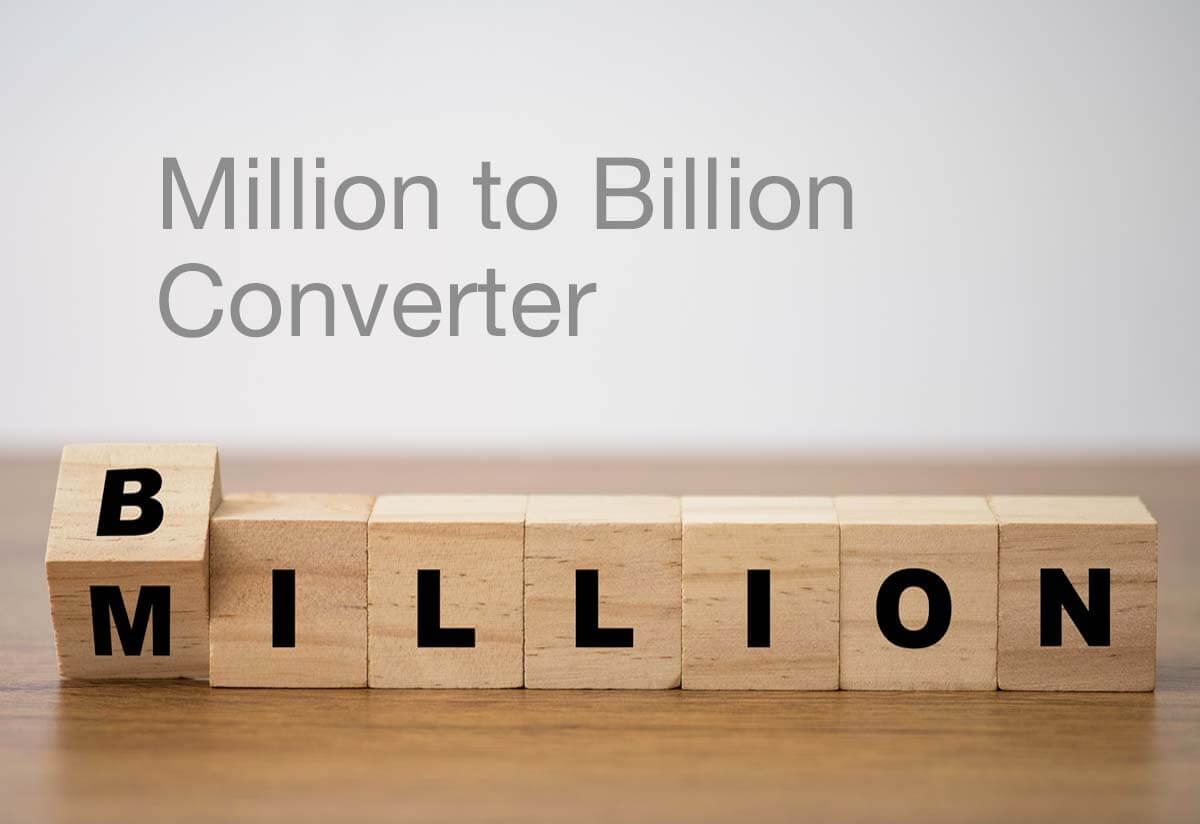What Is 1 Percent Of 1 Billion

The seemingly simple question, "What is 1 percent of 1 billion?" has recently gained increased prominence, fueled by discussions surrounding wealth distribution, government budgets, and philanthropic endeavors. Understanding this calculation provides a crucial baseline for interpreting large figures and assessing the impact of policies involving significant sums of money.
At its core, determining 1% of 1 billion involves a straightforward mathematical process. This article will delve into the calculation itself, explore its relevance in various contexts, and examine its significance in shaping our understanding of economic scales. We will investigate how this seemingly basic figure influences perspectives on wealth, poverty, and the potential for societal impact.
The Calculation: A Matter of Simple Math
The calculation is relatively simple. One percent is equivalent to one one-hundredth, or 1/100. Applying this to 1 billion (1,000,000,000), we multiply 1,000,000,000 by 0.01 (the decimal equivalent of 1%).
Therefore, 1% of 1 billion is 10,000,000. This equates to ten million.
Relevance in Government and Finance
The understanding of what constitutes 1% of 1 billion is particularly relevant in government finance. Budget allocations, economic stimulus packages, and national debt are often discussed in terms of billions, sometimes trillions. A clear understanding of 1% allows citizens to better grasp the scale of these figures.
For instance, if a government announces a $1 billion investment in a specific sector, understanding that 1% of that is $10 million provides context. It enables individuals to evaluate whether that 1% ($10 million) represents a significant portion of the larger investment or a relatively small amount that could be allocated differently.
Implications for Philanthropy and Wealth Distribution
In the realm of philanthropy, knowing 1% of 1 billion offers insight into the potential impact of charitable donations. Consider the net worth of the world’s wealthiest individuals, frequently exceeding billions. Even a small percentage of their wealth can translate into substantial contributions to social causes.
Take, for example, the pledge made by many billionaires to donate a significant portion of their wealth to charitable endeavors. Understanding that 1% of a $1 billion fortune equals $10 million illustrates the scale of potential philanthropic contributions. It allows the public to better assess the impact and effectiveness of these commitments.
The Perspective Shift: Understanding Scale
Grasping the numerical value of 1% of 1 billion is not just about math; it’s about understanding scale. For most individuals, a million dollars represents a substantial amount of money, often a lifetime of earnings. Realizing that 1% of 1 billion is ten times that amount offers a new perspective on the extreme levels of wealth concentrated in certain sectors.
This understanding becomes particularly relevant in discussions surrounding wealth inequality. News reports and economic analyses often present data related to the distribution of wealth. Knowing that a small percentage of the population controls a large percentage of the world’s wealth is reinforced by contextualizing it with concrete figures like this.
Potential for Societal Impact
The implications extend beyond personal finance to encompass broader societal impact. Ten million dollars, representing 1% of a billion, can fund numerous initiatives such as scientific research, educational programs, and infrastructure projects. Understanding the scale provides a means to assess the potential benefits of responsible resource allocation.
For example, $10 million could potentially fund scholarships for thousands of students, support research into renewable energy, or provide crucial resources to underserved communities. This is especially important when considering public works, as a 1% change in the budget can have wide spread effects.
Challenges in Comprehension
Despite the apparent simplicity of the calculation, many people struggle to conceptualize such large numbers. The difference between a million and a billion is vast, and comprehending that 1% of a billion equates to ten million can be difficult without careful consideration.
This difficulty in comprehension highlights the need for clear and accessible communication of financial data. Presenting information in a manner that allows individuals to easily understand the scale and impact of large figures is essential for informed decision-making. Using visualizations or relatable analogies can significantly improve public understanding.
Real-World Examples
Consider the impact if 1% of a $1 billion government contract were allocated to supporting small businesses. This would represent a $10 million investment in local economies, creating opportunities for growth and job creation. Such a policy decision necessitates an understanding of the underlying numerical values.
Another example involves the charitable giving of large corporations. If a company pledges to donate 1% of its annual revenue, understanding what that means in dollar terms is crucial for evaluating the sincerity and impact of their commitment. This is especially important when the revenue is in the billions.
Conclusion: A Gateway to Understanding
In conclusion, understanding that 1% of 1 billion is equal to 10 million provides a crucial stepping stone to comprehending larger financial contexts. It bridges the gap between abstract numerical values and real-world implications, enabling individuals to engage more effectively with discussions surrounding wealth, economics, and societal impact. By mastering this basic calculation, individuals are empowered to critically analyze information and participate more fully in informed decision-making processes.
From government budgets to philanthropic endeavors, the ability to interpret large figures and understand their proportionate values is essential. It promotes transparency, accountability, and a more nuanced understanding of the world around us. So, while it may seem a simple mathematical query, it's answer, $10 million, is an important metric to understand.













:max_bytes(150000):strip_icc()/BiggerThanMillion-58b734085f9b5880803990ff.jpg)




